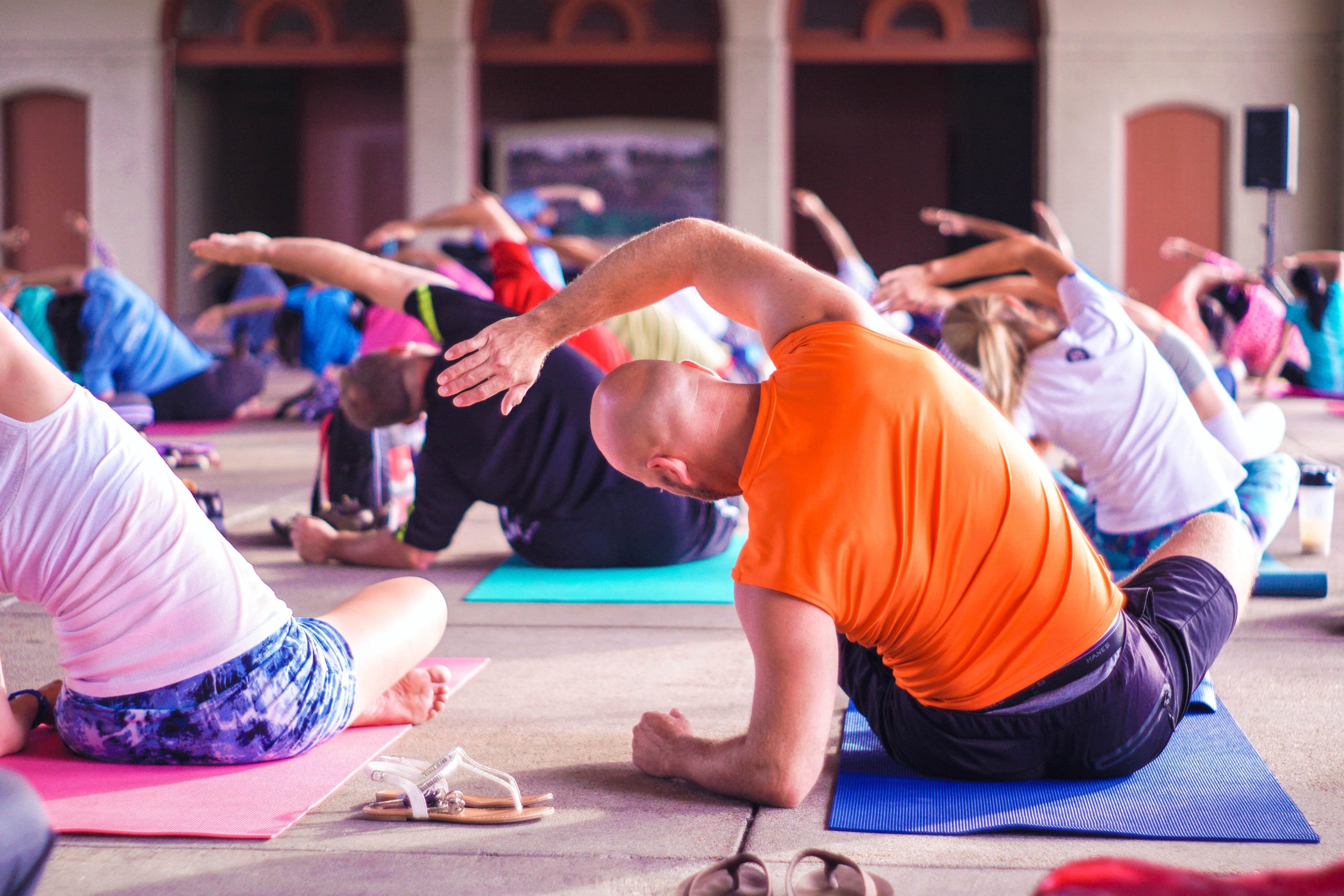Navigating the post-treatment journey after a cancer diagnosis can be daunting, especially in the first few weeks and months. On one hand, cancer survivors are grateful to be finished with treatment and excited about the opportunity to get back to living. On the other hand, regaining strength and energy often feels like a monumental task. As one of our participants put it, “Ringing the bell at the end of treatment felt very triumphant. There was a sense that now you can move on with your life, but I wasn’t feeling that at all.”
At Survivor Fitness, we get that the physical, mental, and emotional terrain after a cancer diagnosis can feel uncharted and overwhelming. We’ve walked hand-in-hand with hundreds of survivors on this journey, and nothing warms our hearts quite like witnessing their transformation. But here’s a universal truth our team and trusted trainers share with almost everyone at the starting line: it’s okay to start slow. This isn’t a race to reclaim strength. It’s a mindful exploration of your body’s renewed potential. Every gentle step, every breath, every quiet victory is a testament to your resilience.
Gentle Exercise Tips for Cancer Survivors
While every cancer survivor’s journey is unique, we’ve found that reclaiming your physical and emotional well-being requires a gentle, evidence-based workout routine. In this blog, we wanted to highlight a few common gentle exercise tips for cancer survivors that we share with participants.
1. Focus on rebuilding your core strength and stability.
Many cancer treatments can weaken core muscles. But just like the sturdy foundation of a house, a strong core provides crucial stability for all your movements, from everyday activities to exercise. That’s why it can be helpful to start with pattern-based exercises to strengthen your core muscles, such as seated cat-cow, bird-dog, and superhero planks. Even if you’re not using resistance or weight, these exercises provide a stable base for all other movements and improve overall posture. Another way to build core strength is through practices like yoga and tai chi that combine movement with deep breathing, promoting both physical well-being and emotional resilience.
2. Explore gentle movement and cardio exercises.
Those first few days you can work out again are all about rediscovering the joy of movement, not pushing limits. The good news is that there are a variety of fun outdoor exercises for cancer survivors and their friends. Whether it’s a nature walk, cycling on a flat path, or tending your garden, outdoor activities offer a natural mood boost while gently engaging your muscles. Immerse yourself in the sights and sounds of nature, allowing your body to move intuitively. You might also consider incorporating a few creative indoor exercise ideas during the colder winter months into your routine.
3. Listen to your body.
After cancer, it’s natural to want to jump back into old routines. But your body’s telling a different story about reclaiming your strength in a sustainable, joyful way. If you start to feel exhausted, listen to what your body is trying to tell you. It’s not a sign of weakness but a wise reminder to rest, refuel, and come back stronger! Remember: slow and steady wins the race, and your race is all about feeling good and strong.
4. Recognize how your diagnosis and treatment impact your capabilities.
Recognizing the unique impact of your specific type of cancer or treatment on your workout routine is crucial for maintaining a safe and effective fitness regimen. For example, women with breast cancer should be mindful of avoiding exercises that place excessive strain on the chest muscles. That’s why consulting with your medical professional or seeking guidance from a cancer exercise specialist is key. It’s imperative to tailor your workouts to your unique diagnosis. Remember, your cancer journey is unique, and your workout routine should be too!
5. Find creative and effective ways to modify exercises.
If a movement causes pain or makes you unsure in any way, it’s best to start with a modified exercise. This is especially true for cancer survivors seeking creative and effective ways to cater to their needs. There are several ways to modify an exercise to prevent injury and ensure you get the most out of your movement. For example, consider a modified push-up to add stability. If a movement includes jumping, you may change it without the jump or make the leap smaller to reduce the impact on your joints and leg muscles.
Let’s Start Strong Together
At Survivor Fitness, we believe in the transformative power of small steps. That’s why we offer a personalized fitness and nutritional program tailored to our participants’ specific needs and preferences.
Ready to reclaim your strength and rediscover the joy of movement? Survivor Fitness is here to walk alongside you every step of the way. You can learn more about taking the first steps with Survivor Fitness, check out our FAQs, or apply to the program today!


